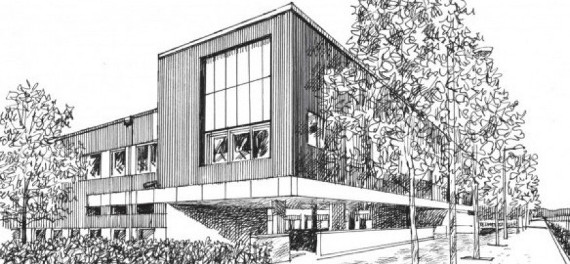How Cambridge high tech cluster stands up to recession

The Cambridge high tech cluster proved relatively resilient amidst what many consider the worst economic crisis since the early 1930s, according to new research from the Institute for Manufacturing.
The study by Vivian Mohr and Elizabeth Garnsey revealed that new firms founded during the period of the financial crisis showed higher survival rates than those founded during the economic boom of the mid 2000s. There is also evidence that newly emerging sectors in the Cambridge cluster – such as optoelectronics and environmental technologies – expanded employment during the crisis.
Between 2008-2010, jobs in the Cambridge technology cluster fell by 4.0%. However, during this time GNP fell by 6%. The number of Cambridge technology firms fell by 8.1% with more closures among the smallest firms and fewer start ups. The fall in start up rates and in firms growing to midsize reduced the pool of firms eligible for growth in difficult times.
In a second study the same authors looked at acquisitions of companies in the Cambridge cluster. Among firms acquired between 1988 and 2008, 80% were approaching mid-size (50 employees). University spin-off firms were amongst those more likely to be acquired than other firms. Firms receiving venture capital investment were almost six times as likely to be acquired as firms without venture capital investment.









